The Three - Age System : The Stone Age, The Bronze Age and The Iron Age
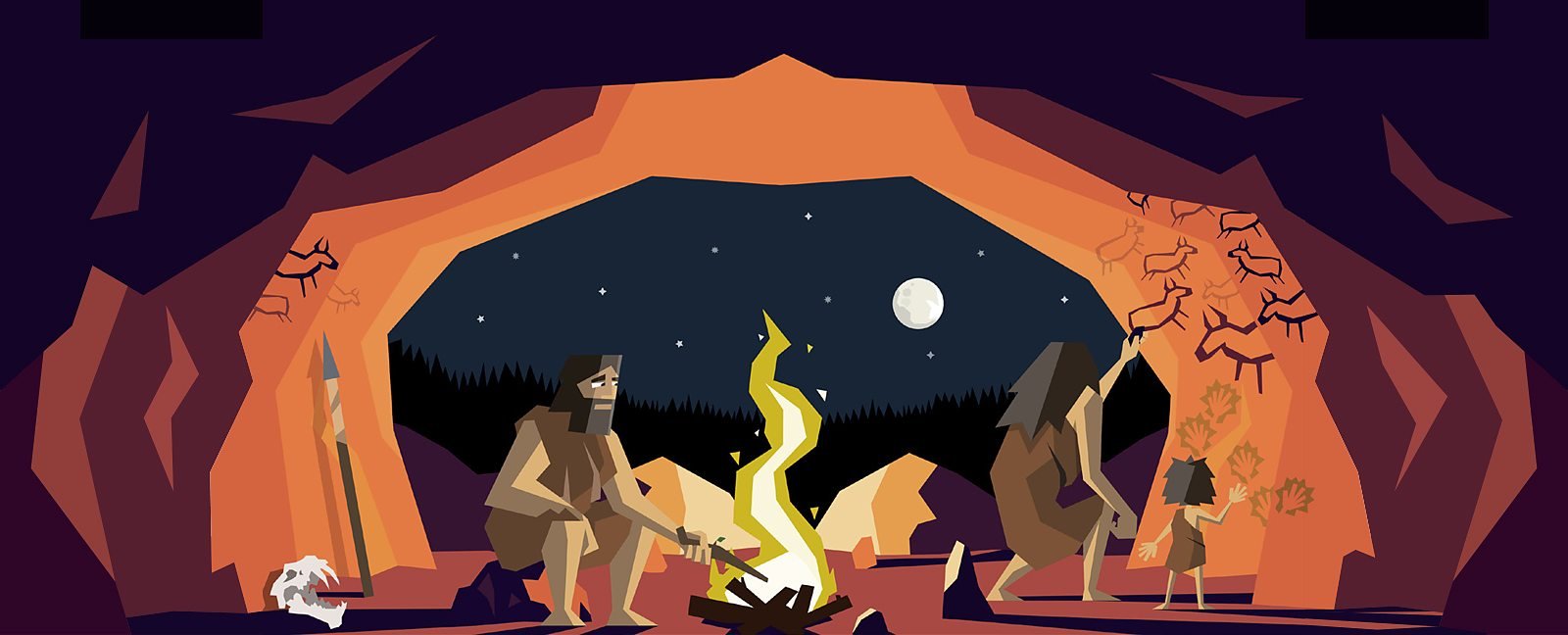
Even before the antiquity of humanity was established, The Three -age System was formulated by the Danish archaeologist and curator of the National Museum of Copenhagen, Christain J Thomsen. In 1819 the museum opened with a new classification of its objects. Thomsen classified the artefacts in the collection according to the substances from which they were made and in the process defined three different and sequential ages , namely The Stone Age, The Bronze Age and The Iron Age.
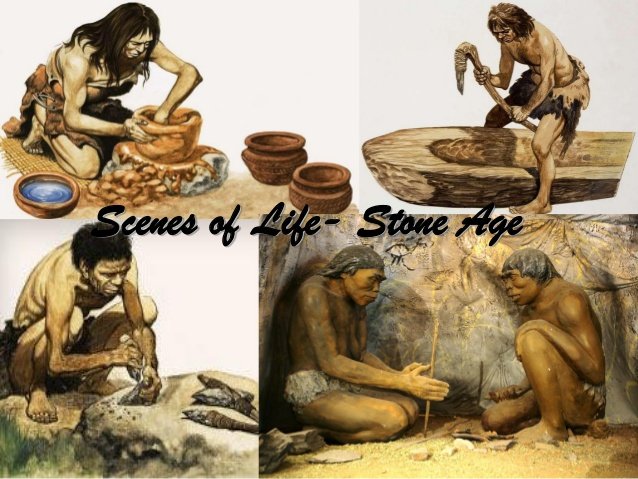
Stone Age
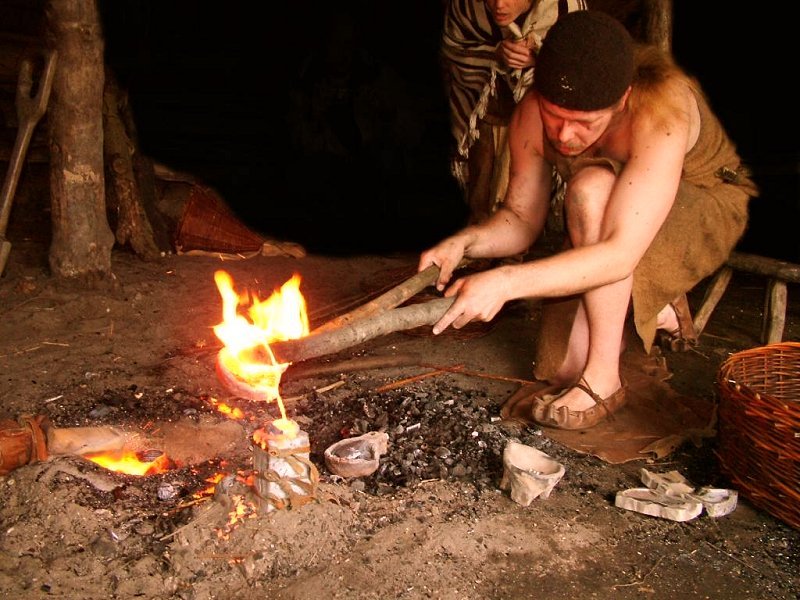
Bronze Age
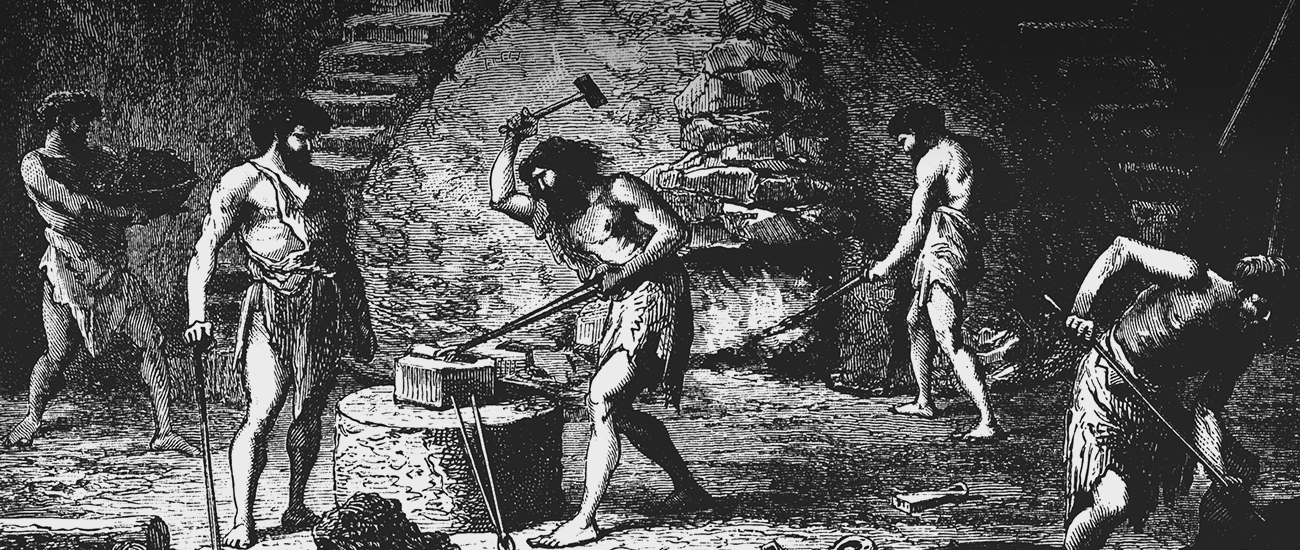
Iron Age
These ages, which followed those identified by Lucretius almost millennia earlier, were later described in his 1836 publication, A Guide to Northern Antiquities. The work described the artefacts, burial rites and architecture of tombs associated with each age. The validity of the system was demonstrated by Thomsen's colleague, J.J. Worsaae, who through careful excavation of burial mounds and Danish peat bogs found iron, bronze and stone stratigraphically placed above one another. The Three Age system divided the European prehistory into technological stages and provided a context into which new finds could be placed.
Today the System still survives in a modern form for Old World Prehistory. It was NOT, however, applicable to the Americas or Africa south of the Sahara. No very early Stone Age sites and almost no metals predating the European conquest were found in the Americas, and no bronze was present south of the Sahara.
Human Progress

During the 1800s it was realized by scholars such as Daniel Wilson and John Lubbock that ethnographies of contemporary communities could be used by archaeologists to understand earlier native inhabitants who possessed comparable technologies.
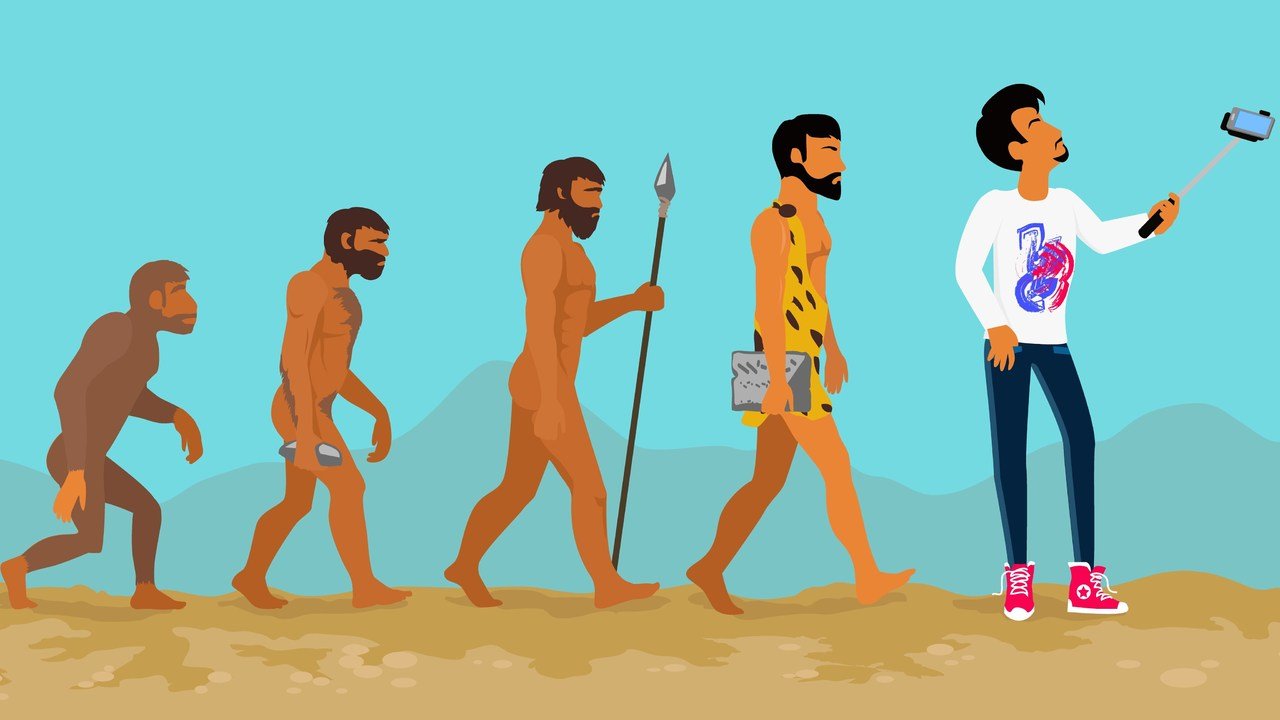
Simultaneously, schemes of human progress, influenced by Darwin's ideas of evolution, were being produced by ethnographers and anthropologists. These included schemes by Edward Tylor and Lewis H. Mogan, whose work was based on his knowledge of Native Americans development from simple hunting or "savagery" to "civilization". Although it became generally accepted towards the end of the 19th century, the idea of an inevitable course of human development is no longer agreed upon by most archaeologists.
Please Follow Me for more on Archaeology and History
Please check out my other Posts:
The Roots of Modern Archaeology
Significant 18th and 19th Centuries Discoveries in Archaeology
Archaeology as a Profession- Part 2
Archaeology as a Profession- Part 1
To Become or Not Become an Archaeologist? - Introduction to Archaeology Part 2
Please Upvote and Resteem.
Thank You!
